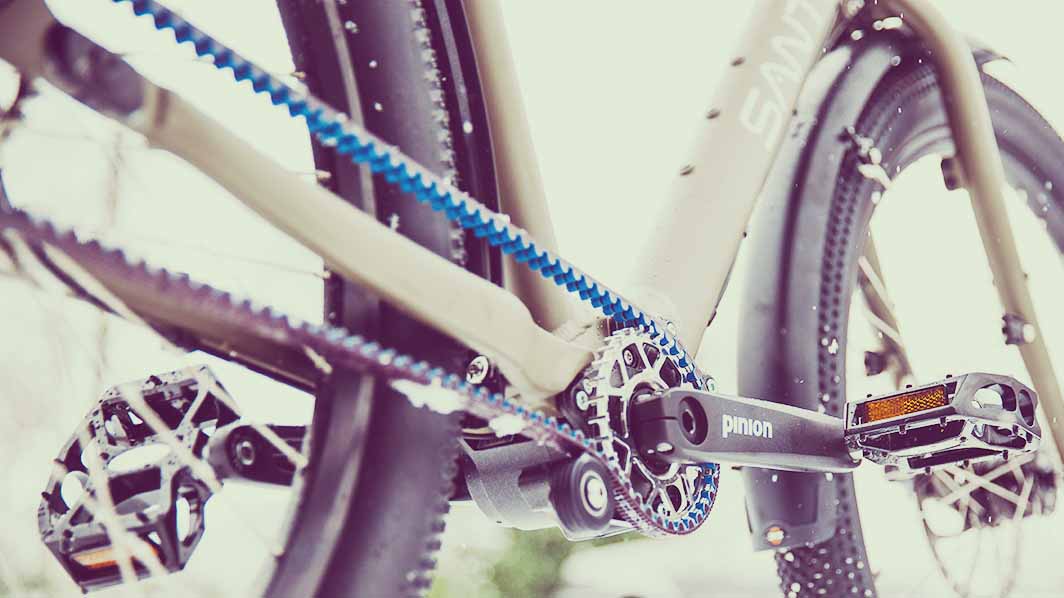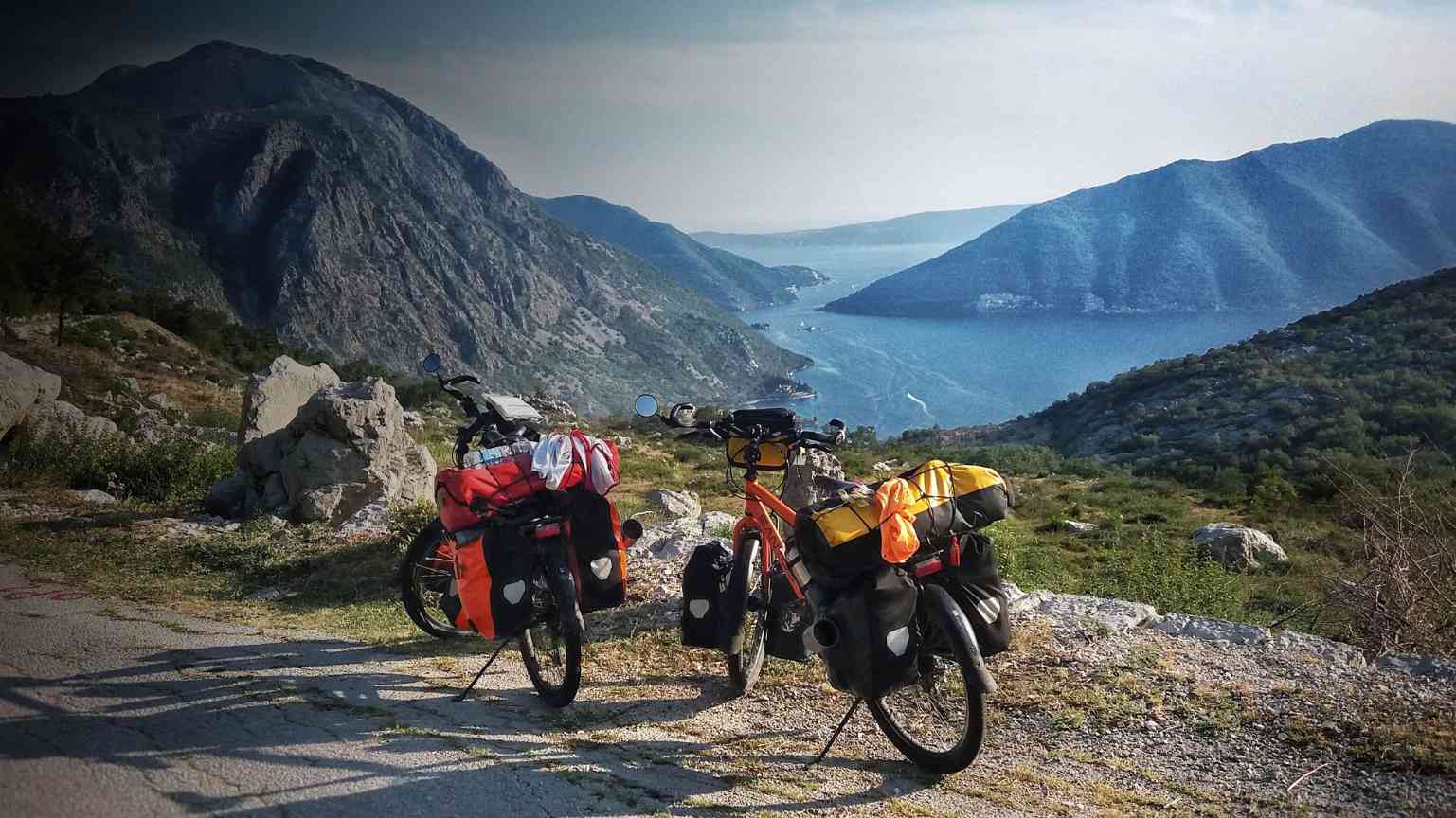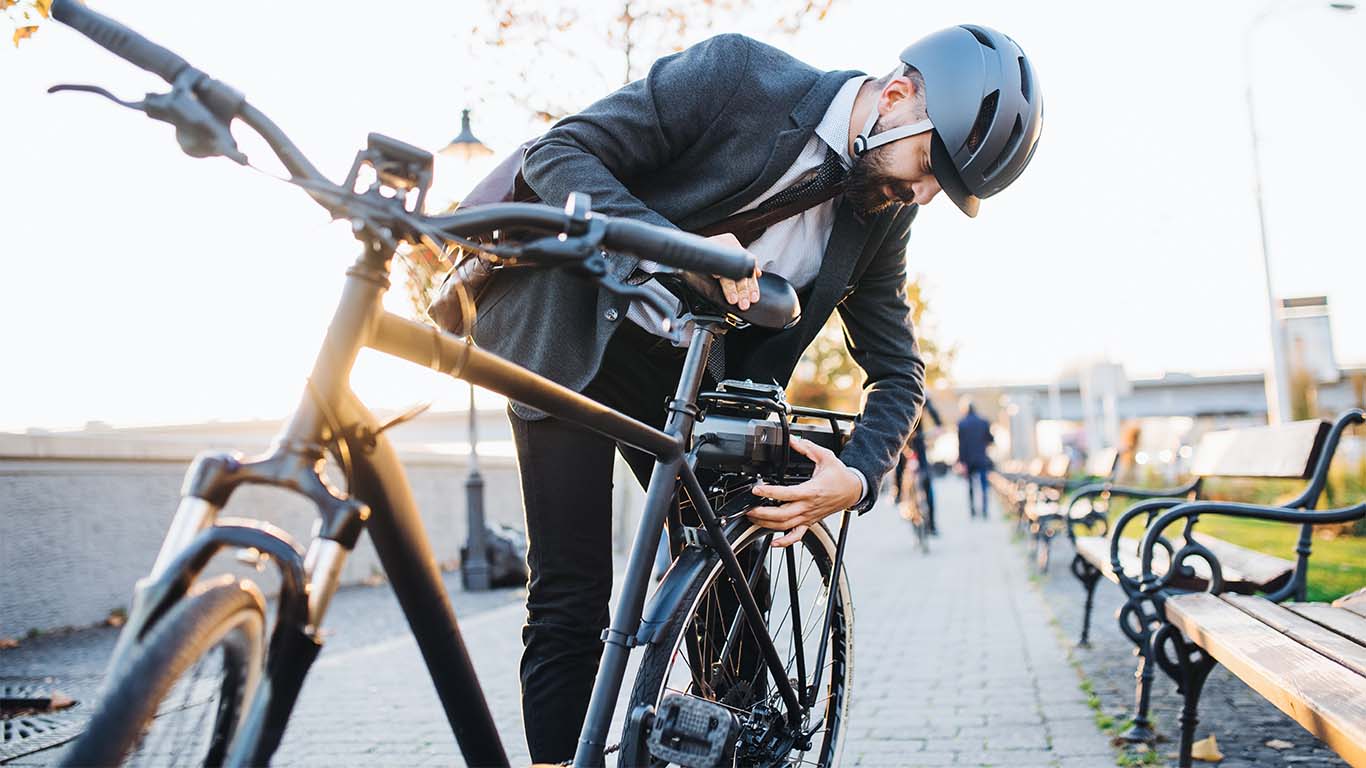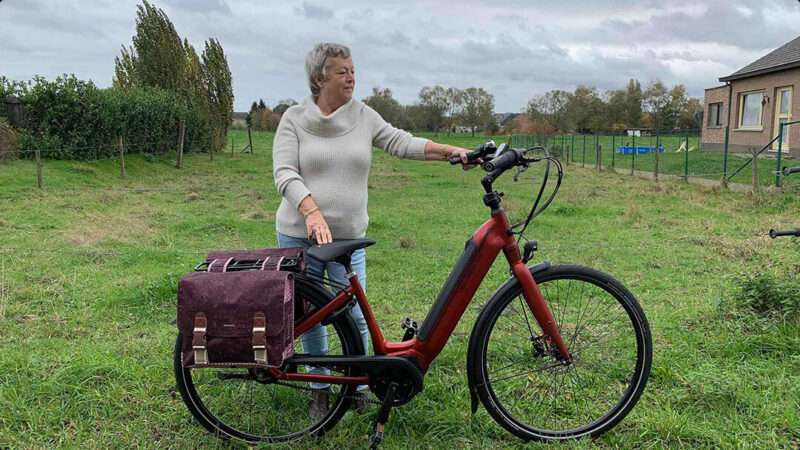Bicycles with belt instead of chain have been around for ten years! The very first copy rolled off the workbench at the Santos factory in 2009. What seemed like a strange experiment at the time is now a worthy alternative to the necklace. With a lot of advantages. That’s why all the big brands today have bicycles with a belt drive. However, there are still some persistent fables on the belt. It’s time to refute it.
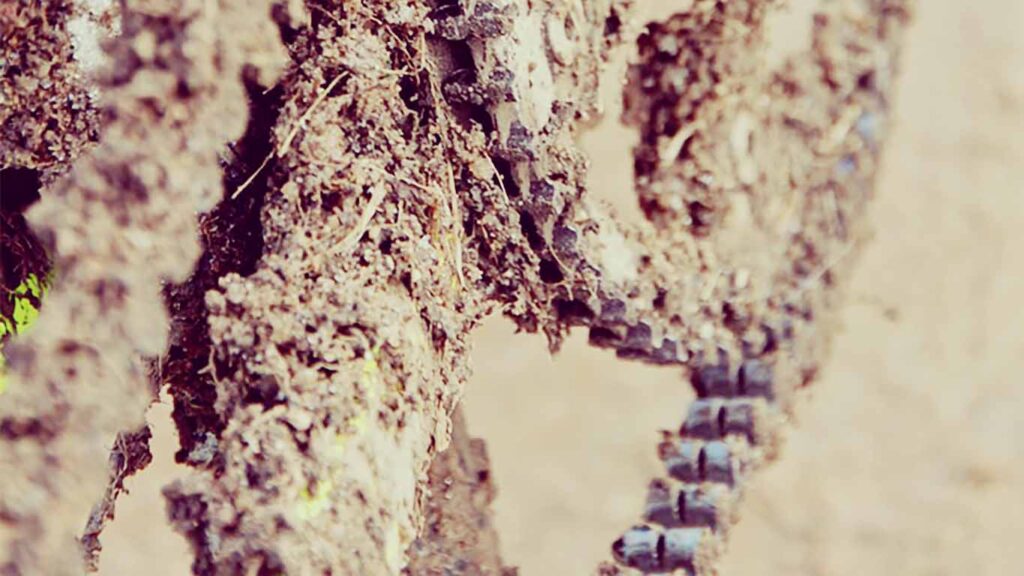
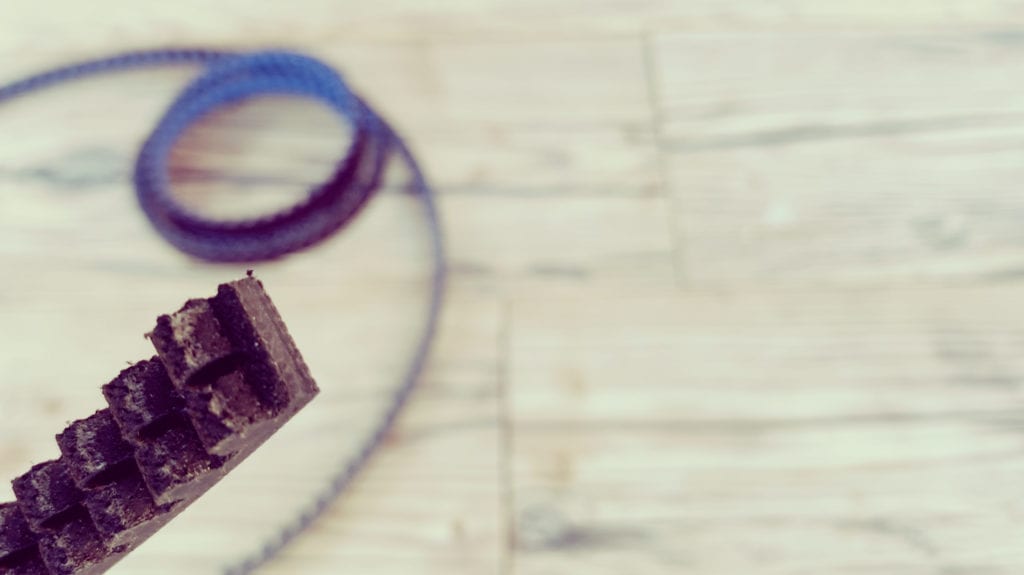
1. ‘No maintenance required’
The big advantage of the belt? It doesn’t have to be degreased and lubricated, like a chain. It doesn’t turn off in the summer, it doesn’t shrink in winter. No dirty hands when there’s something with it. But that doesn’t mean the belt doesn’t need any maintenance at all! Every bike you have to take care of with respect, whether it’s a belt or a chain. However, a belt requires much less maintenance. It’s good to handle dirt, much better than a chain. But a clean belt is still better for the other parts and the paintwork than one full of mud or road salt.2. ‘A belt never wears out’
Never say never. A belt wears out much less quickly than a chain, that’s right, but unfortunately every material is subject to wear and tear. That’s not just the case with bicycles, by the way. A belt is much more durable than a chain and therefore lasts a lot longer. But not your whole life. On a solid Santos with stable stiff frame you can ride between 15 and 25,000 km with a belt. On an adventurous mountain bike between 4 and 8,000. This of course depends on where you ride: in the mud or on the road.
3. ‘Squeaky belts indicate wear and tear’
It can happen that a belt suddenly starts to squeak. But that has nothing to do with wear and tear. The culprit is often the street dirt between your belt and your gear, usually the front. That’s okay. Just brush your belt cleanly with a soapy water so that all the dirt is gone. That’s quick to get fixed. You can then add a protective layer of lubricant to the side of the belt, which runs against the guide. For example, teflon, silicone spray or paraffin.4. ‘At great power, belts begin to stretch’
Not so. Belts don’t stretch under manpower. The average cyclist delivers about 0.1 to 0.2 hp. A professional cyclist about 0.4 hp and the very best track sprinter drives that power up to about 1hp. But none of that is much. The belt can really handle that without stretching. However, the stiff belt becomes a bit smoother when you use it. It feels different and seems to have less tension. But that is not the case at all, the tension remains the same.



